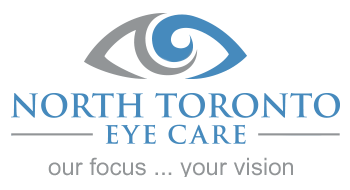 The term astigmatism refers to the shape of your cornea or lens. In a healthy eye, the shape of your cornea is rounded like a basketball, allowing light to go through the lens without being distorted and providing a sharp image. When you have astigmatism, the shape of your cornea is uneven in shape, your vision may become blurry and distorted when you see both near and far.
The term astigmatism refers to the shape of your cornea or lens. In a healthy eye, the shape of your cornea is rounded like a basketball, allowing light to go through the lens without being distorted and providing a sharp image. When you have astigmatism, the shape of your cornea is uneven in shape, your vision may become blurry and distorted when you see both near and far.
Astigmatism can sometimes be undetected for years because it’s barely noticeable. But in other cases the distortion caused by astigmatism is obvious. The most common symptoms of astigmatism include:
- Blurriness and distortion in vision
- Trouble with night vision
- Squinting
- Headache
- Eye discomfort or irritation
- Fatigue
- Difficulty telling the difference between letters and numbers that look similar
Who Is at Risk?
Astigmatism is extremely common and often hereditary, meaning if one or both parents have astigmatism, it’s likely you will too. If you’re already nearsighted or farsighted, you have a greater chance of developing astigmatism. And if you’ve had cataract surgery or other types of eye surgery, you are more likely to get astigmatism as you age.
Treatment Options
Wearing glasses or contact lenses is the most common way to treat astigmatism. However, corrective eyewear can’t cure the curve in your cornea that’s causing blurry vision. In other cases, your doctor may suggest surgical options such as LASIK surgery or keratotomy (small, surface incisions on the edges of your cornea.)
Seeing Your Doctor
If you’re experiencing blurry vision or any of the above symptoms, it’s best to make an appointment with your doctor. And if you’re already living with astigmatism, take note that it can get worse over time. Regular eye exams are important in order for your doctor to monitor any changes in your condition.
To learn more about effectively diagnosing and treating astigmatism, or for information about any of the services we provide, please call us today to schedule an appointment with one of our doctors.
